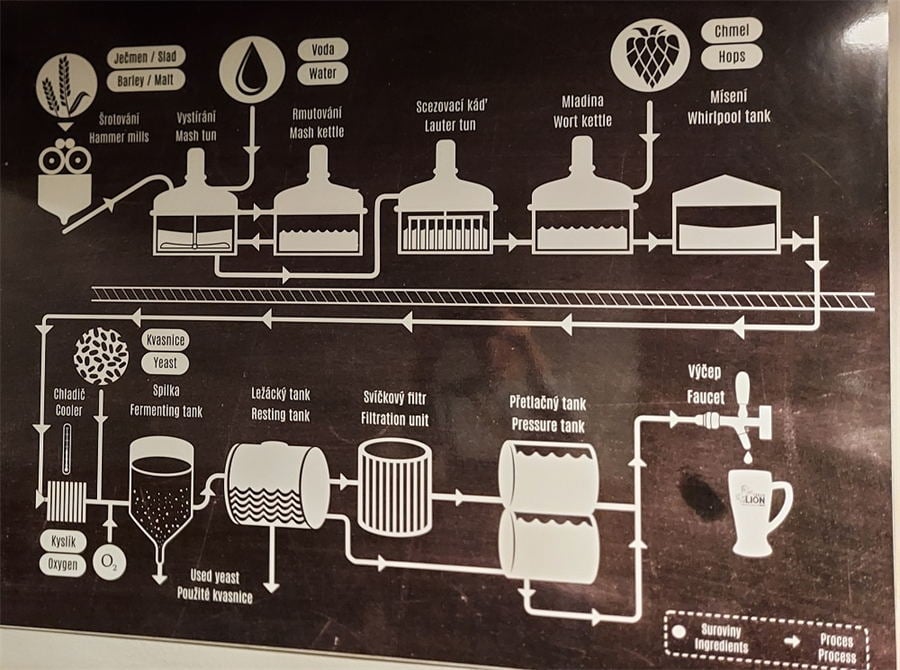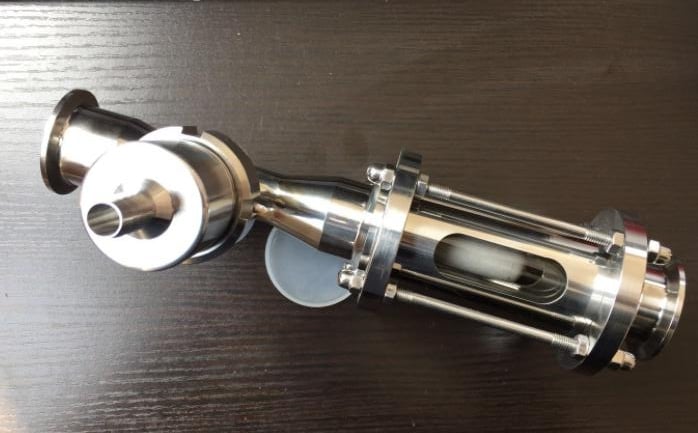Wort Aeration & Oxygenation-Brew Your Best Craft Beer
Whether you use small brewing equipment, or medium-sized 10BBL-20BBL brewing equipment, or commercial brewing equipment above 30BBL. In the beer production process, the brewing masters are trying their best to prevent beer or fermentation broth from contacting air. The main reasons are:
- Worry about the oxygen in the air oxidizing the beer, causing the beer to become turbid, darker in color, and produce unpleasant smells and tastes.
- Worry about the uncontrollable transformation of various microorganisms in the air to beer fermentation in the fermenter.
- Worry about that leads to an increase in beer spewing and bottle bursts.

Wort Aeration & Oxygenation
However, neither the expanded cultured yeast nor the recovered yeast after fermentation is sufficient to form the amount of yeast required for beer fermentation. Therefore, after the yeast is added, in order to propagate the yeast, the yeast must be activated, so it is necessary to provide enough for the yeast. In order to avoid the oxidation of wort caused by oxygenation, oxygenation is performed after the wort is cooled to a certain temperature and the oxygen content of the wort is appropriately controlled.
After the wort is boiled, there is basically no pollution. All related containers and pipes have also been CIP cleaned. Therefore, the first consideration for wort is that the added air is sterile, so it will pollute the fermentation during the oxygenation process. The main consideration is: the aseptic filter of the air itself from the outlet of the sterile filter to the sterility of the air adding wort pipeline (here in addition to the design of the pipeline system that needs to consider CIP, in-situ steam sterilization is also required .)
According to the brewing process and brewing experience, the oxygenation of wort is generally in the range of 6-10mg/L wort, less than 6mg/L. It is generally believed that insufficient oxygenation will cause poor yeast reproduction and affect sugar reduction and fermentation. Not vigorous, prolong the fermentation time, etc…
Above 10mg/L, it is generally considered that over-oxygenation will easily increase fatty acids and sterols.
The plan of wort oxygenation:
- Device using venturi method
The venturi tube is a section of tube with different cross-sections, narrowing from both ends to the middle, and its smallest part is called the throat. When the wort flows through, the flow rate increases and the pressure decreases due to the reduced cross-section of the tube. The flow rate at the neck of the throat is the largest and the pressure is the smallest. Here the branch pipes with sterile air are introduced, and the high-speed wort can inhale and disperse the sterile air into small bubbles, which is the close contact between gas and liquid, so as to achieve the purpose of dissolving oxygen in the wort.

- Device using sintered material method with surface micropores
The air passes through the titanium rod or other sintered materials with micro-pores on the surface, so that the air escapes from the surface in the form of tiny bubbles, and then it is in contact with the wort and merged into the wort. Due to the micro-holes, it is relatively difficult to clean in CIP. After a period of use, it may cause the need to increase the pressure of the supply air, or need to be disassembled and soaked for thorough cleaning.

CIP Cleaning Equipment
For any other enquiry you may have please search and read our FAQ section. If you still haven’t found what you are looking for our support team is always ready with an answer at [email protected] , now also available on WhatsApp.
Interested in learning more about Brewing Systems including additional details and pricing information? Please use the form below to contact us!



